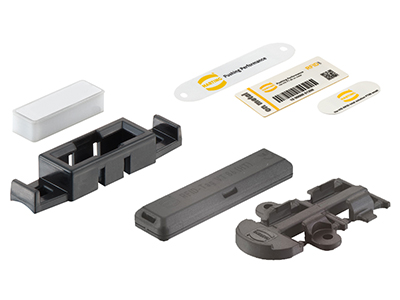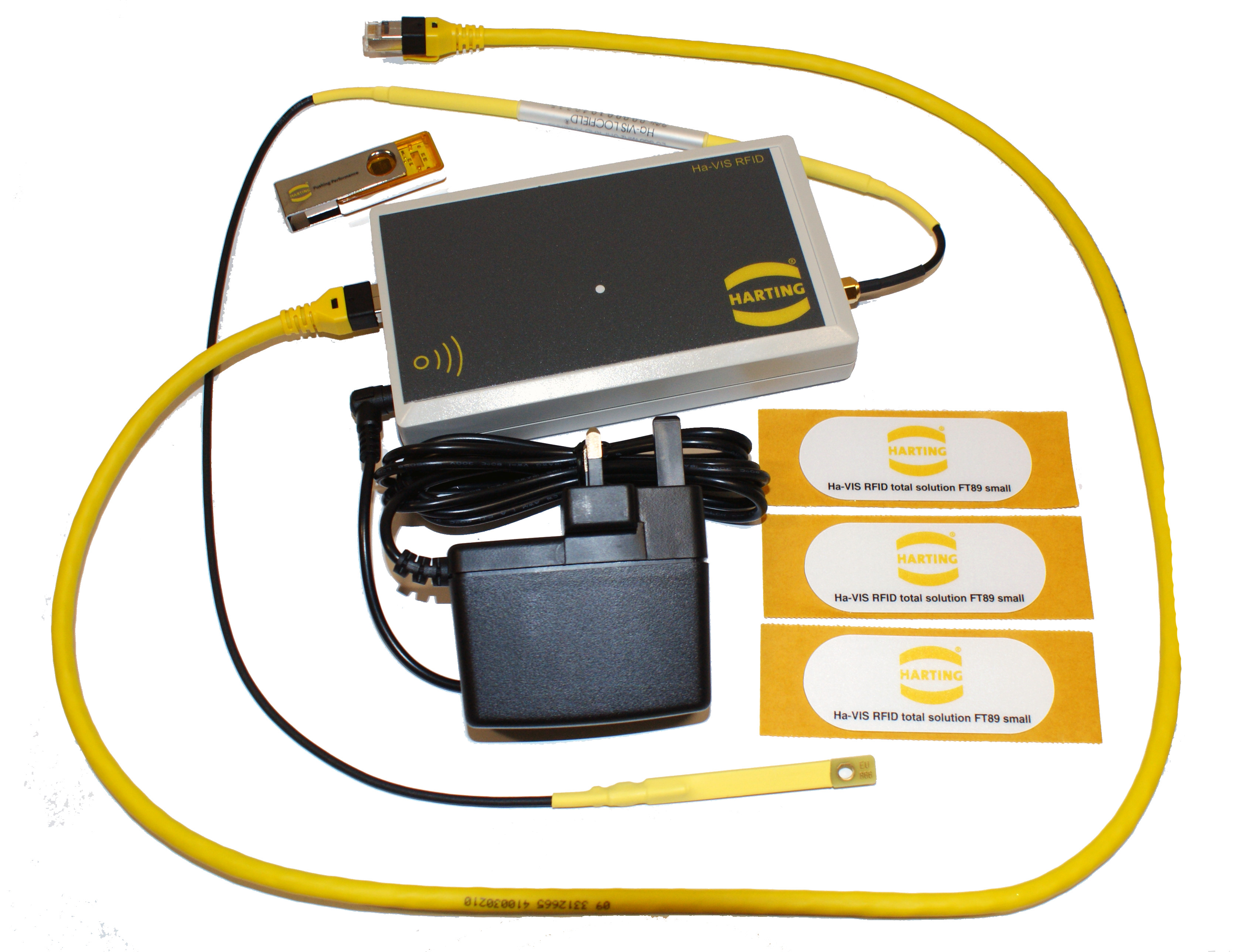Active Transponders versus Passive Transponders
Both Active and Passive transponders operate through a radio frequency which enables communication between a reader/antenna and the transponder. Passive transponders use the radio frequency supplied by a scanning antenna/reader to power the transponder and will only transmit data when prompted by a scanning antenna/reader, whilst Active transponders use an internal battery powered source for this process, which can use their own power source to continually transmit data
Active Transponders
Traditionally Active transponders have excelled well beyond Passive transponders with regards to read rates, distance and memory capacity. Some manufacturers have also included the benefit of in-built sensor capabilities reliant on the power source included in Active transponders. These sensors have included the ability to measure temperature, acceleration, pressure, and more.
The internal power source of an Active transponder offers further benefits. For example, using Active transponders can enable a single reader to have a larger coverage as the transponders can transmit further distances than unpowered Passive transponders. In some applications an Active transponder can transmit by as much as 100 metres. Until very recently, a high read rate (reading a transponder travelling at speed) could only be achieved using Active transponders.
However, as expected these transponders are more expensive than there passive counterparts. They are also larger, due to the battery included within the transponder, and batteries will have a life-span. Some manufacturers offer replacement batteries whilst others require the transponder to be replaced when the battery reaches the end of its life span. There are clear complications and further cost involved with either solution – either manually removing each transponder and fitting a new battery, or replacing every transponder with a new one. Typically this is estimated to happen every five years, although some will last for shorter or longer amounts of time dependent on usage.
Passive Transponders
Traditionally, Passive transponders came as a stick on basic product capable of being read when within the radio frequency field of a scanning antenna or reader. However, this has changed dramatically over the last couple of years and has transformed the available uses of Passive transponders. Small, rugged Passive transponders now exist that are able to withstand high temperatures (+200 OC), high speed (120 mph) and longer read ranges (16 metres).
However, due to the lack of in-built battery, several factors influence the successful operation of a passive transponder. These include the frequency of operation, the amount of power supplied through the scanning antenna and both the design and positioning of the transponder in relation to the antenna. When an application is carefully considered, however, the benefits of a passive system can be impressive. Most excitingly, Passive transponders are beginning to appear on the market with sensor technology previously only the domain of Active transponders, such as temperature, pressure, acceleration and more. HARTING are in the process of releasing a range of special “Mode” transponders that meet the growing need for intelligent sensor technology in a passive format.
In Practice
Considering the increasing capabilities of a Passive transponder RFID system, the cost benefits in a manufacturing environment could be considerable. Passive transponders are relatively low cost compared to Active transponder technology.
Installing RFID infrastructure, linking readers onto standard industrial networks and into automation control systems and even further into ERP/MES systems begins to show how RFID can enable the Integrated Industry/Smart Factory philosophy. In addition, by teaming up RFID with MICA, you can turn it into an Intelligent RFID reader which can overcome complex analysis and data preparation tasks simply by changing the software containers.
Have a Question?
Hopefully you are now one step closer to understanding if an Active or a Passive system would be right for your application. If you have a question about Active or Passive transponders, or anything else RFID related, feel free to ask our Product Manager.




